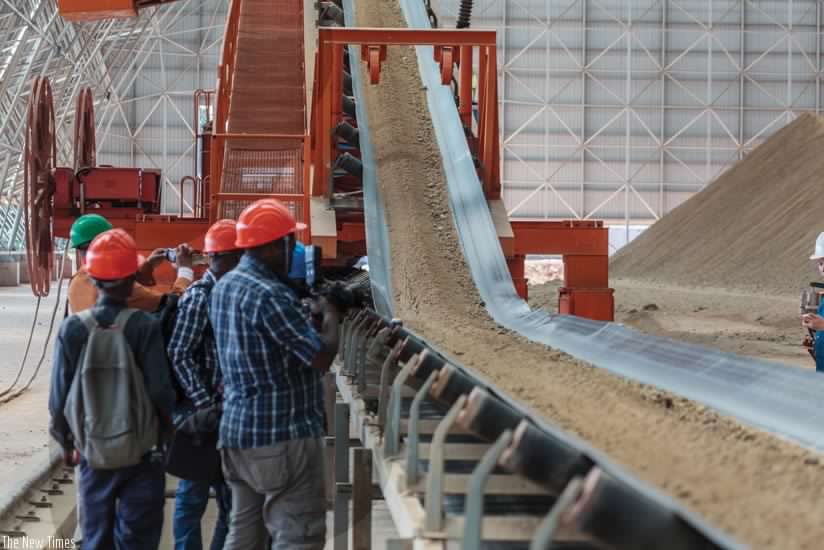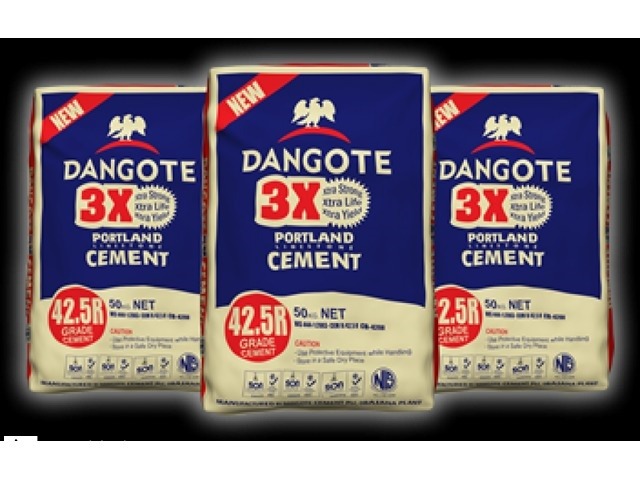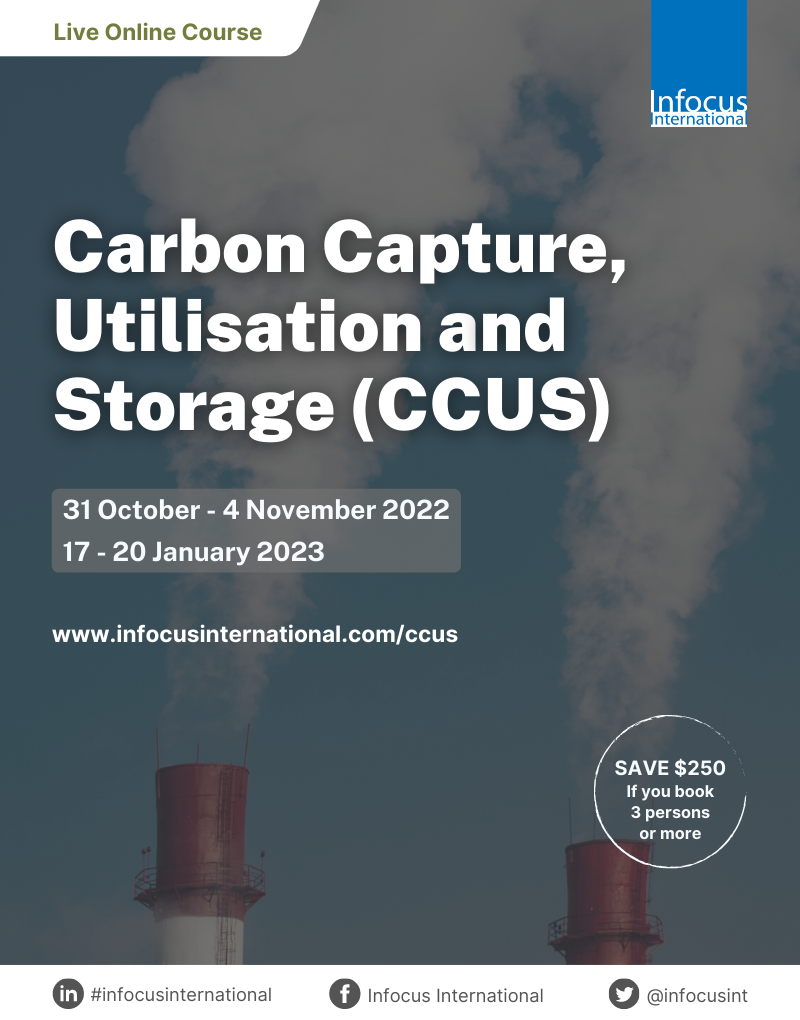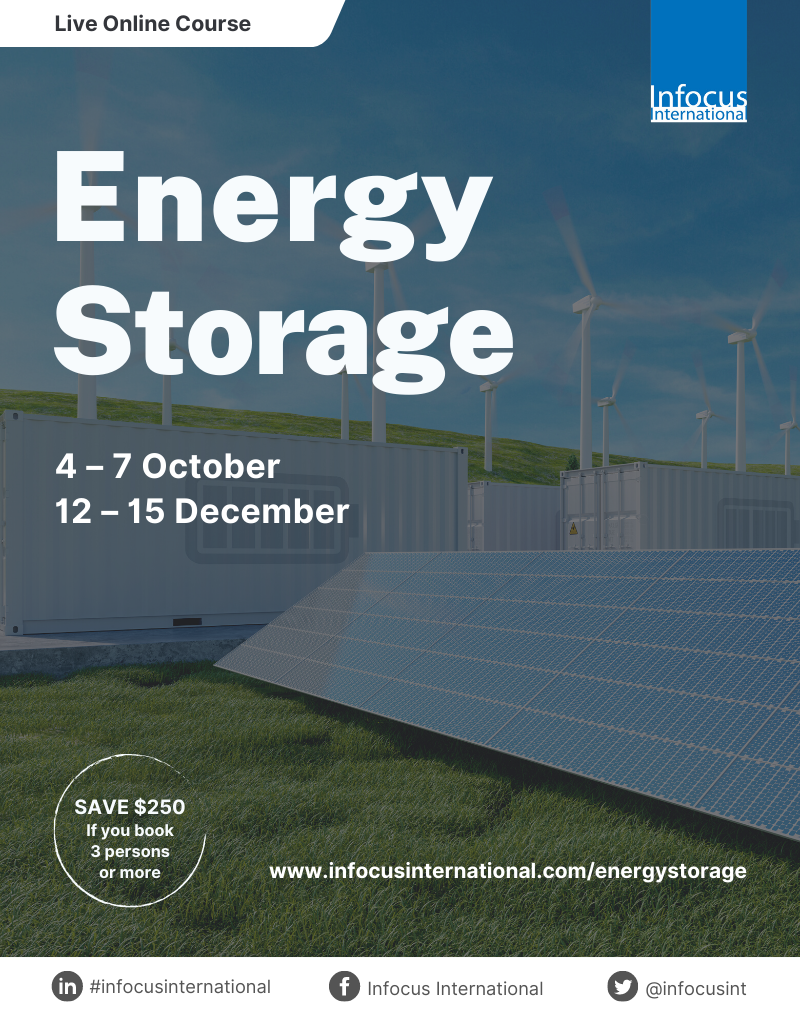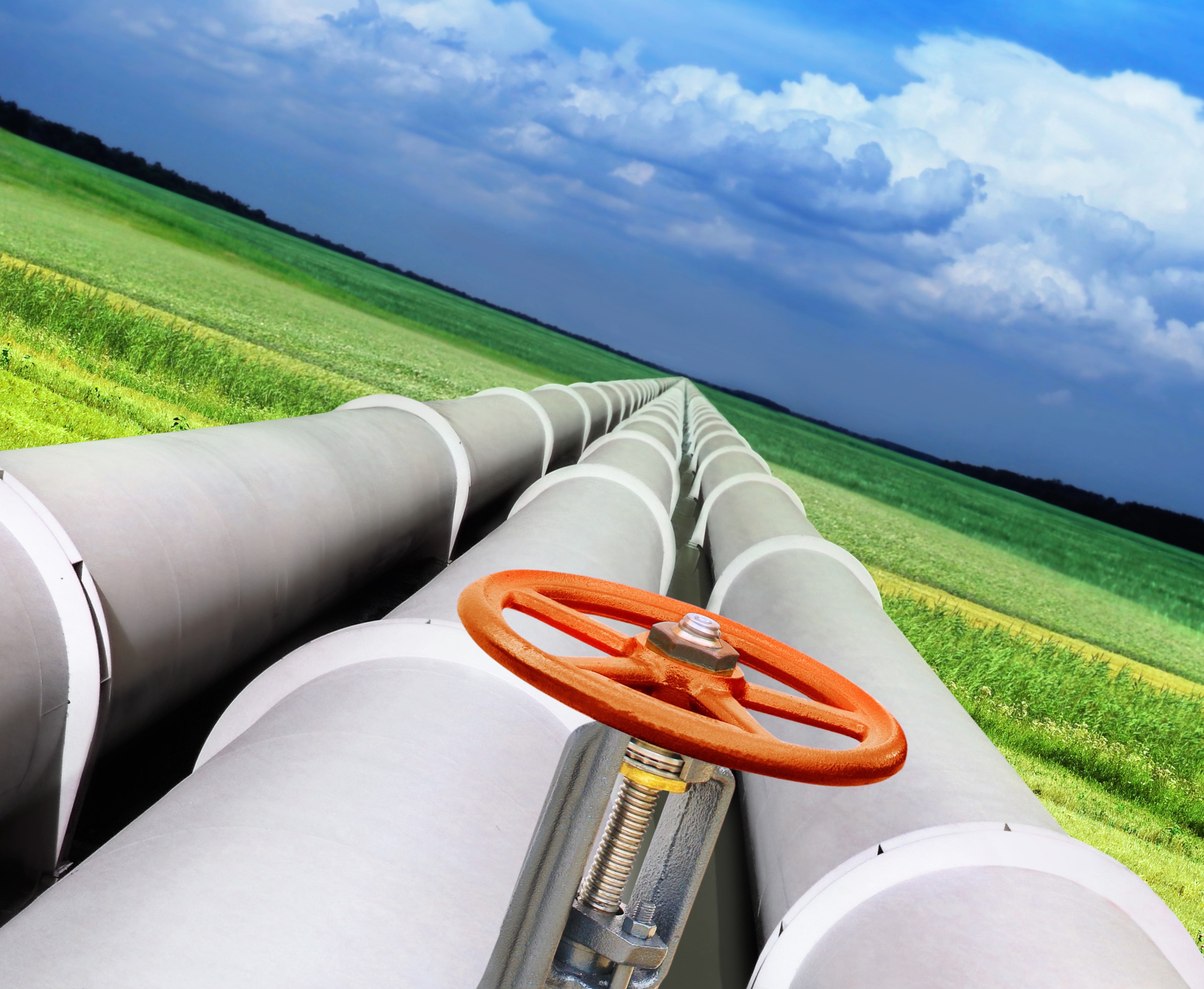Until the end of 2014, Uganda was decided. Uganda was a party to the northern corridor Oil pipeline- through Lamu- Isiolo-Lokichar, in northern Kenya, over Ethiopia to South Sudan, down to Hoima in south western Uganda. President Yoweri Museveni publically said so. Uganda’s Minister of Energy & Mineral Development, Irene Muloni severally said so too.
In fact during the hashed Northern Corridor Infrastructure Projects meetings between Kenya, Rwanda and Uganda in Nairobi, Kigali and Kampala between 2013 and 2014, both President Museveni (Uganda) and Uhuru Kenyatta (Kenya) issued deadlines to technocrats to make sure that the oil pipeline project takes off immediately. Curiously at the time, Tanzania was noticeably missing in the discussions on the Northern Corridor Infrastructure Projects.
On 10th August 2015, Uganda’s President Yoweri Museveni signed a Memorandum of Understanding in Nairobi with Kenya’s Uhuru Kenyatta, and South Sudan’s Salva Kiir signaling commitment for the construction of the oil pipeline from Lamu. Under the fast-tracked Northern Corridor Integration Projects, in which Tanzania was largely sidelined; Kenya, Uganda and South Sudan agreed to Lamu -South Sudan- Ethiopia projects (LAPSSET). And they inked an MoU to that effect.
On 13th October 2015, President Museveni signed yet another MoU with Tanzania committing to “explore the southern route”- (Tanga-Hoima) pipeline route. On 3rd March 2016, Uganda and Tanzania announced that the two countries had resolved that the pipeline to Uganda’s oil wealth in the south west of the country will pass the southern route. Kenyan newspapers carry screaming headlines, “Uganda dumps Kenya on pipeline project.”
Indecision? Change of minds? Economic or political mind games? Call it anything, but there is something that Kenya, Tanzania and particularly Uganda are not saying, bigger than what they are saying. Was it nationalism vs regionalism? Did national interest over ride regional integration interests? Whose national interests anyway?
The Lamu Project was estimated to be US$23 billion (Ushs 80.5 trillion) investment; complete with a pipeline, railways line, a road link. Thousands of Kenyan would get employed, let alone opening the hinterland of Ethiopia, South Sudan and to an extent Uganda to the Kenyan coast. Kenya has already launched works to construct a new port at Lamu. The new port is expected to have three times the current capacity of its only major port, Mombasa.
On its part, Tanzania is also plotting to open up the southern route via its own ports- in this case Tanga to the hinterland of Uganda, Rwanda, Burundi, DR Congo and South Sudan. Currently goods to as far as South Sudan, Rwanda, Burundi, DR Congo all go through Mombasa. If Tanzania does Tanga, the new port will yank out substantial business from Mombasa, as Tanga would be shorter to Rwanda, DR Congo, Burundi. It would be more secure for Uganda, compared to Kenya.
President Museveni is said to have initially agreed to the northern route on condition that Kenya assured the partners of security of the pipeline especially given that it passed in the north of the country- only a few hundred kilometres from Somalia, home to al Shabaab terror group.
The other condition Museveni is said to have given Kenya is the issue of tariffs. Uganda has learnt hard lessons from Kenya’s sometimes unpredictable and arbitrary adherence to East African Customs Union protocols. Kenya Revenue Authority has sometimes behaved indifferent from provisions of the Union protocols. Recently Kenya Revenue Authority defied Kenyan President in levying taxes on Ugandan sugar imports.
Kenya’s “patriotic” technocrats defied the political class in what was largely seen as frustrating sugar imports from Uganda to save Kenya’s own struggling sugar industry. This became a political issue in Kenya with the opposition led by Raila Odinga protesting admission of Ugandan sugar into Kenya. The issue became so charged that Kenyatta literally stuck his neck out and be classed as selling out Kenya, to Uganda.
Then there is economic interest of the participating oil companies. It is also evident that there seems to be a silent economic push and pull between E&P Total and Tullow Oil. For starters, while Total is interested in having the pipeline go south to Tanga, Tullow Oil wants the pipeline to go north.
“As a company, our position remains that we are going through Tanga. I understand there are issues being discussed but our position remains the same,” Tanzania media quoted Total boss in Uganda Adeyemi Fayemi as saying.
And it’s not hard to see why. Tullow Oil is a leading prospector in northern Kenya where they have discovered some 600 billion barrels of oil in Lokichar. This would web in well with their Ugandan interests, if the pipeline went up north.
E&P Total, on the other hand has exploration interests around Lake Enyasi, in northern Tanzania where it expects to hit oil. Therefore having the pipeline on the south weaves in well with their southern interests.
Kenyan media has reported that Kenya will go it alone even if the other partners pull out. At the same time President Kenyatta was keen on “rescuing” the northern pipeline project. On 3rd April 2016, Uhuru Kenyatta travelled to France, where he met President François Hollande. It was expected that the pipeline was top on the agenda. What is not clear is whether Kenyatta tried to get Hollande to talk Total out of the south project. Total is French company.
On the Ugandans part, it is not clear why Ugandan technocrats and intelligence didn’t properly brief President Museveni on the stakes, and therefore Uganda took time dancing between Lamu and Tanga options; in the process looking too wishy-washy on such key strategic decisions. Uganda should have held off signing MoUs with Kenya to make up her mind.
Uganda finally decided that it was going the Tanga way. And inked the deal with Tanzania. On January 9th, 2017, Tullow Oil announced that it was farming down its interests in Uganda to Total. Tullow will only keep a 17 per cent non-operating stake on Uganda’s pipeline and upstream activities.




